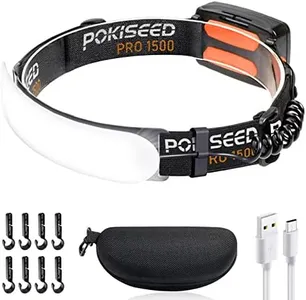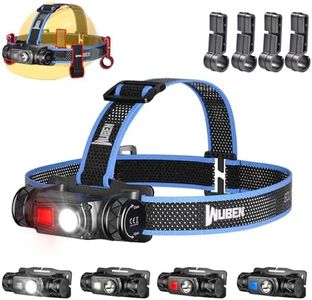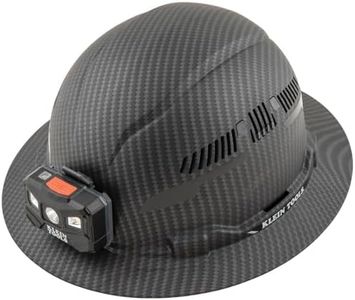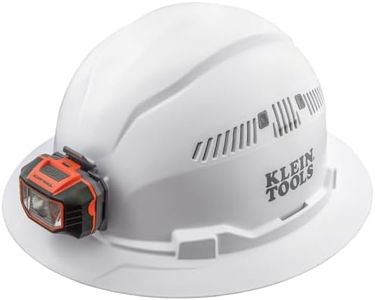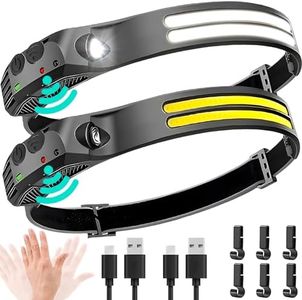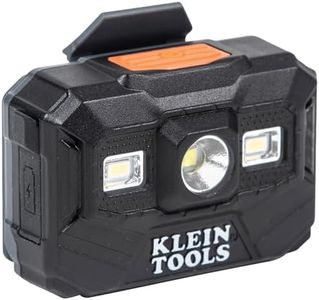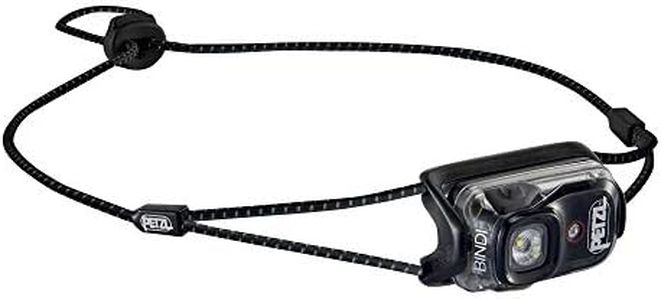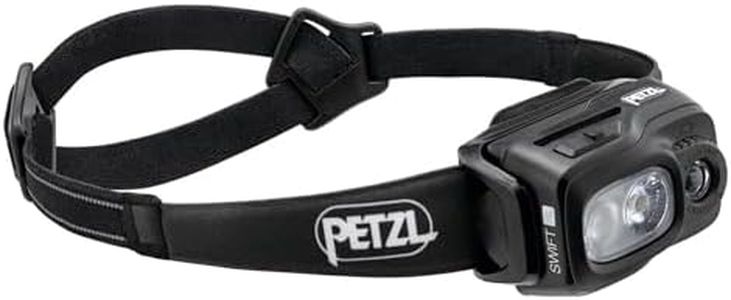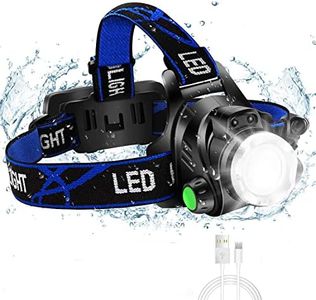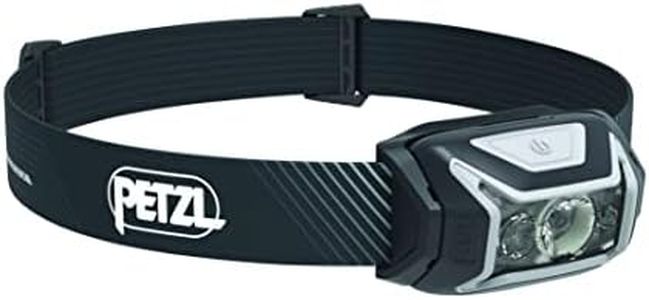We Use CookiesWe use cookies to enhance the security, performance,
functionality and for analytical and promotional activities. By continuing to browse this site you
are agreeing to our privacy policy
10 Best Hard Hat Lights
From leading brands and best sellers available on the web.Recommended lists
Buying Guide for the Best Hard Hat Lights
Choosing the right hard hat light can make your work safer, more comfortable, and more efficient, especially in dim or dark environments. Since these lights attach directly to your hard hat, it's important to find a model that suits both your work conditions and your personal preferences. Start by thinking about when and where you'll use the light—are you working indoors, outdoors, in tight spaces, or for long periods? Your answers will help you focus on the specs that matter most for you.Brightness (Lumens)Brightness, measured in lumens, tells you how much light the hard hat lamp produces. For very dark or outdoor settings, higher lumens mean you can see further and more clearly. Lights under 100 lumens are good for close-up work; 100-300 lumens suit most indoor jobs or dim worksites; anything over 300 lumens is ideal for nighttime, tunnels, or large, dark areas. Think about your typical work environment: if you only need to illuminate a small area, a lower lumen light may be enough. If you need to see far ahead or work outside at night, pick a higher-lumen model.
Beam Type and AdjustabilityThe beam type describes how the light spreads: some give a wide flood for close-up work, while others provide a focused spot beam for distance. Many lights offer adjustable beams to switch between wide and narrow. If you often work in tight or confined spaces, a wide beam is helpful. For tasks where you need to see far ahead, like inspecting tunnels or outdoor areas, a spot beam is better. If your work varies, look for a hard hat light with adjustable beam options.
Battery Life and Power SourceBattery life determines how long the light will last before you need to recharge it or change the batteries. Some lights use regular (disposable) batteries, while others have rechargeable packs. Shorter battery life (a few hours) might be fine for brief tasks, while long shifts or outdoor work require longer battery life or the ability to swap batteries. If you can recharge during breaks or after your shift, a rechargeable light can be very convenient. Otherwise, standard batteries may be more practical. Think about how long you usually work between access to charging or new batteries.
Mounting and FitHow the light attaches to your hard hat is important for comfort and stability. Some lights clip directly onto the hard hat, while others use straps or magnetic mounts. Make sure the mounting system is compatible with your hard hat style and feels secure during movement. If you often move your head quickly or work in tight spots, a firm, stable mount is crucial. Check if the light can tilt or rotate, which helps direct the beam where you need it without straining your neck.
Durability and Water ResistanceSince hard hat lights are used in challenging environments, their build quality matters. Look for a light that specifies impact resistance and water resistance (often shown as an IP rating). Lights with higher ratings can handle drops and keep working in rain, mud, or dusty conditions. If you work outdoors or in rough environments, prioritize a more rugged, weatherproof light. If you work indoors in cleaner settings, you might not need as much protection.
Weight and SizeA heavy or bulky light can feel uncomfortable after a while, especially if you’re wearing your hard hat for hours. Lighter, more compact lights are easier to wear but may offer fewer features or lower brightness. Think about your comfort: if you don’t mind a bit of extra weight for more power, go for it—but if you value lightness and ease, pick a low-profile, lighter light.
Controls and UsabilityEasy-to-use controls make it simpler to adjust brightness or switch modes, even with gloves on. Some lights have simple on/off switches, while others offer push-button or twist controls for different settings. If you often work with gloves or need to make quick adjustments, check the size and design of the controls. Make sure you’re comfortable operating the light without stopping your work.
